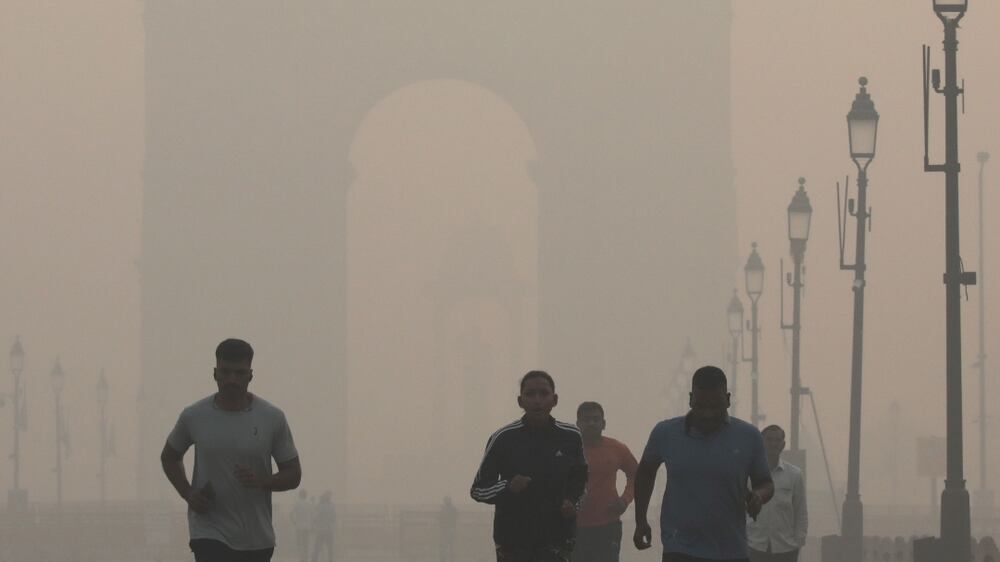India has released its long-term low emission development strategy at the UN climate summit Cop27 in Sharm El Sheikh, becoming one of 56 countries to do so.
The South Asian country officially submitted the document to the UN Framework Convention on Climate Change on Monday as part of its commitment to reach net-zero emissions by 2070.
“This is an important milestone. With this release, India joins the select list of less than 60 parties that have submitted their long-term low emission development strategy to the UNFCC,” Minister of Environment, Forest & Climate Change Bhupender Yadav said at the India Pavilion event.
“Once again, India has demonstrated that it walks the talk on climate change,” he said.
Although India is the world’s third top CO2 contributor after the US and China, it is responsible for about 4 per cent of global emissions.
“India has contributed little to global warming. Despite being home to one-sixth of the world’s population, India’s historical contribution to cumulative global greenhouse gas emissions is minuscule,” he said.
With 1.3 billion people, India is the world’s second-most populous country.
CO2 emissions in India rebounded strongly in 2021 to rise 80 metric tonnes above 2019 levels, led by growth in coal use for electricity generation, according to the International Energy Agency.
The growth of renewables slowed to one-third of its average rate of the previous five years, the IEA said.
Prime Minister Narendra Modi did not travel to Egypt for Cop27, which began on Nov 6 and ends on Nov 18. Mr Yadav is leading the 18-member Indian delegation in attendance.
At last year’s Cop26 in Glasgow, a decision urged parties that have not yet done so to submit their long-term strategies by Cop27.
India also submitted its updated nationally determined contributions in August.
'Hazardous' smog chokes India's capital

In its pledges, India said it will reduce the emissions intensity of its gross domestic product by 45 per cent by 2030. This is a more ambitious target than the 33 to 35 per cent cut set before Cop26.
Emissions intensity is a measure of the amount of greenhouse gas emitted per unit of economic activity.
“The Paris Agreement requires us to reduce emissions and reach global net-zero in a manner that keeps temperature rise to well below 2°C above pre-industrial levels,” said Richa Sharma, additional secretary with the environment ministry, without referring to the more ambitious 1.5C target.
The long-term strategy targets several key sectors, including electricity, transport, urbanisation, industry, forests and finance.
The electricity sector accounts for 43 per cent of India’s current emissions, requiring an expansion of renewables and a “planned and just phase-down of coal”, the report said.
The urban sector contributes 31 per cent and is likely to grow to 40 per cent by 2030, while the transport sector contributes 9.5 per cent.
About 15 per cent of current emissions are offset by forests and will be further increased through India’s goal to increase carbon sinks by 2.5 to 3 billion tonnes.
India says it needs about $2.5 trillion until 2030 to honour its NDCs.
Efforts to reach net-zero require “huge financial resources”, Mr Yadav said, while stressing the need to “make progress on adaptation and loss and damage”.
He said India “noted with regret” at Glasgow that the $100 billion in annual climate finance promised by developed countries has not yet been met.






